Vigan, located in Ilocos Sur, is one of the few remaining 16th-century towns in the Philippines, where Spanish colonial streets, centuries-old ancestral houses, and traditional crafts offer a glimpse into the country’s rich history. The town’s iconic horse-drawn carriages, mouthwatering local delicacies, and vibrant burnayan (pottery) traditions all transport visitors back to the Spanish era.
As one of the Phillippine’s underrated hidden gems, visit it before the town becomes overwhelmed by crowds, like other popular Philippine destinations!

Image credit: Ray in Manila | Flickr
For a complete cultural experience in this heritage city, here are ten must-do activities.
Also read: 16 Things The Philippines Does Better than Other Countries
1. Visit the Heritage Village

Image credit: Reguero87 | Wikimedia Commons
A trip to Vigan will never be complete without exploring what it’s known for – the Vigan Heritage Village. Famous for its cobblestone streets and Spanish colonial-themed buildings, this village led the inscription of Vigan as one of the UNESCO World Heritage Sites. Established in the 16th century, Vigan is seen as the best-preserved example of a planned Spanish colonial town in Asia.
The most popular and most photographed street within the village is Calle Crisologo. The street is lined with souvenir shops, antique stores and restaurants, and a horse-drawn carriage called kalesa passes by occasionally.
2. Stay in one of the heritage hotels
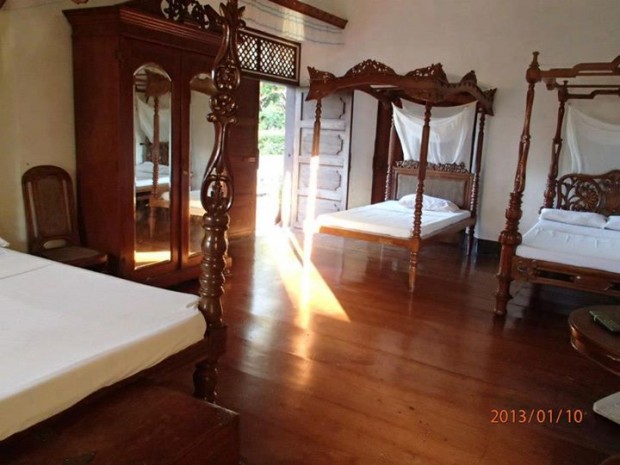 Image credit: Villa Angela
Image credit: Villa Angela
Since most of the business establishments are Spanish-inspired, some hotels are said to have been used as a set for horror films. Some say heritage hotels are haunted. Rumour has it that some famous Hollywood actors stayed in one of the well-known hotels.
Also read: Live Like Royalty for a Night: 7 Heritage Houses in the Philippines for Your Next Staycation
3. Get close encounters with the animals of Baluarte
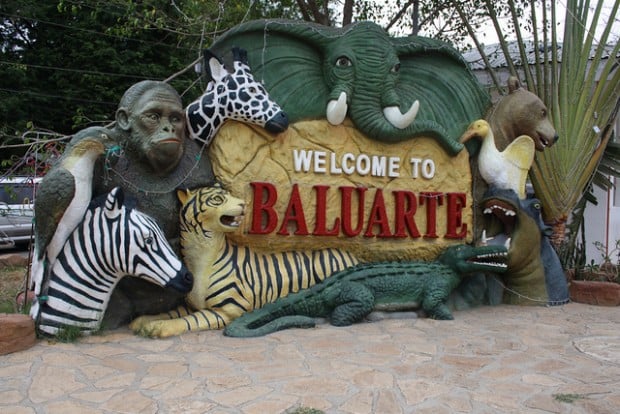 Image credit: Jack | Flickr
Image credit: Jack | Flickr
Baluarte is a privately owned mini zoo that is open to the public. It houses animals from different countries as well as species endemic to the Philippines. It is owned by Filipino politician, Mr. Chavit Singson.
4. Indulge in a gastronomic adventure
You can’t leave Vigan without tasting their famous empanada, longganisa and bagnet.
- Longganisa
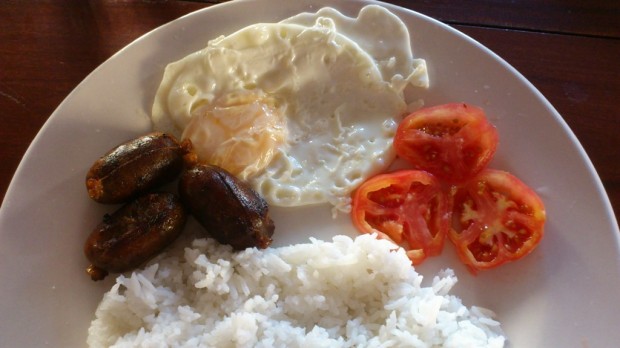 Image credit: Red Maleta
Image credit: Red Maleta
The Vigan longganisa is one of the Spanish influences in the Filipino food. It tastes garlicky and tangy with a hint of smokey flavour.
- Empanada
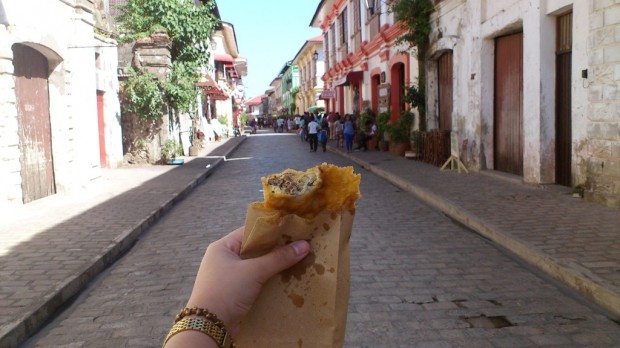 Image credit: Red Maleta
Image credit: Red Maleta
A must-try is the Vigan empanada. It is prepared with vegetables, fresh egg and meat.
- Bagnet
 Image credit: WDLeader | Flickr
Image credit: WDLeader | Flickr
Ah, the Ilocano version of Cebu’s lechon kawali. The lean meat, pork fat and pork skin are fried twice until they become crispy.
Also read: A Guide to Street Food in the Philippines: What to Eat & Expect
5. Discover Vigan’s history by visiting museums
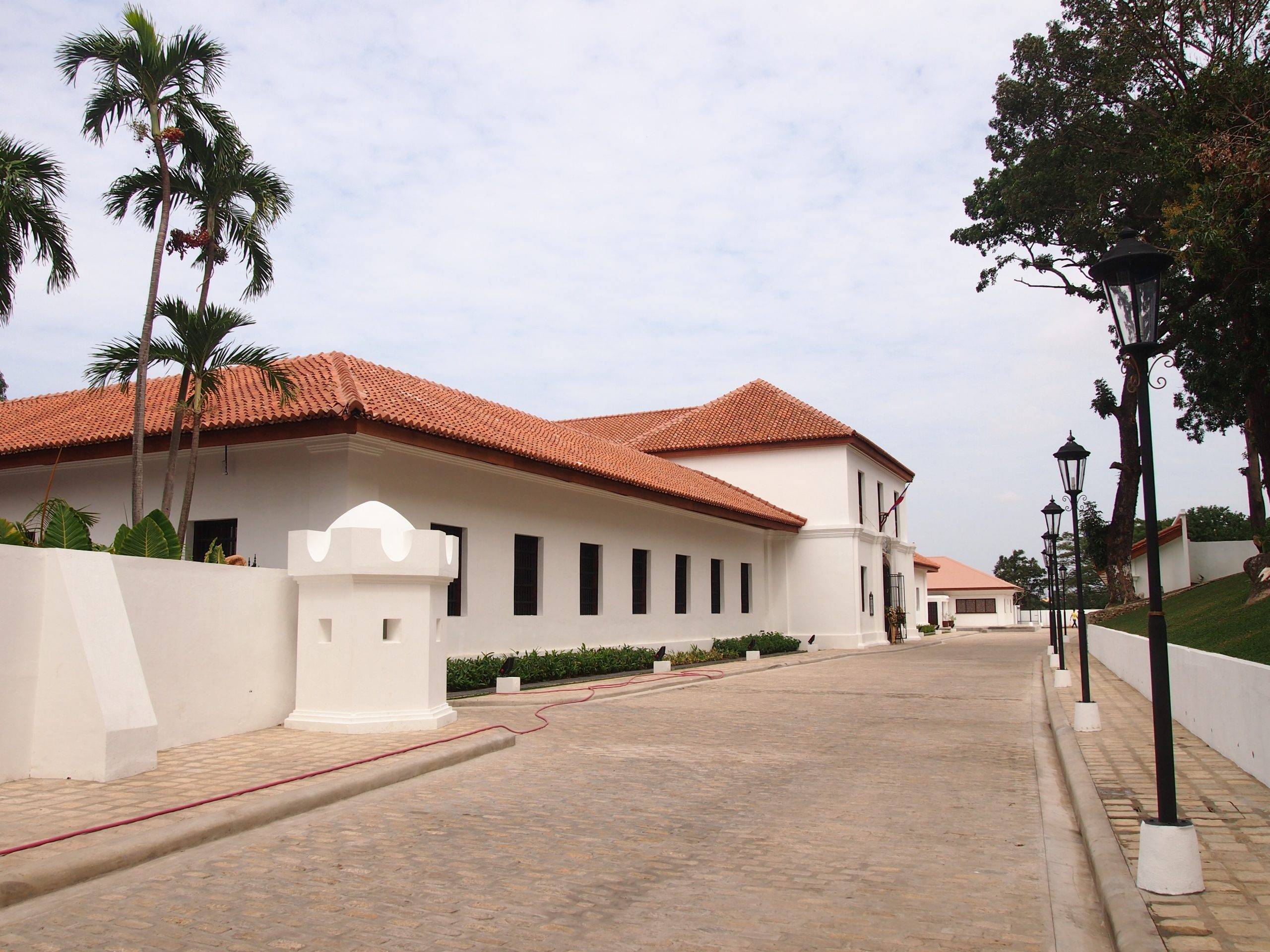
Image credit: Vigan City National Museum Website
The National Museum Vigan, located in the heart of the city, offers visitors a deeper look into the cultural and natural heritage of the Ilocos region. Housed in a historic building, the museum displays a diverse collection of artefacts, including Indigenous crafts, historical documents, and exhibits on local biodiversity. Visitors can explore the region’s rich traditions, from its early pre-colonial history to the modern-day efforts in preserving local culture. For anyone interested in learning more about the roots of Vigan and the wider Philippines, the National Museum Vigan is a must-visit destination.
6. Make your own burnay jar
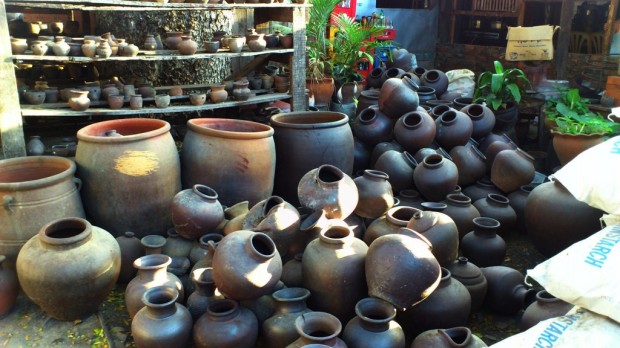 Image credit: Red Maleta
Image credit: Red Maleta
The Ruby Pottery shop is another must-visit attraction in Vigan. Watch the town’s National Artist, Fidel Go turn a shapeless mud into a burnay jar. You can also try it yourself if you think you have the skill. Fidel Go is the owner of the pottery shop and he is also the descendant of the first Chinese potter who came to Vigan.
7. Witness the abel weavers in action
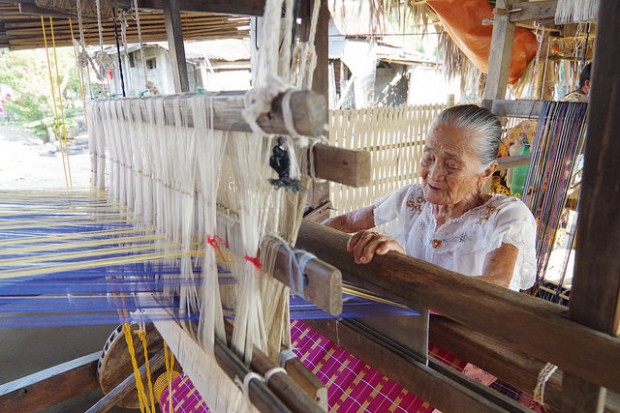 Image credit: Ilocos Norte | Flickr
Image credit: Ilocos Norte | Flickr
A traditional woven product of the Ilocos Region, Abel is recognised for its strong and colourful fabric. The weaving process is very intricate; weavers must master a synchronised movement of their hands and feet when they use the wooden handloom. You can watch abel weavers busy with their craft in shops like Cristy’s Loom Weaving and Rowilda’s Weaves. Abel cloth is also readily sold in Calle Crisologo, a souvenir street in Vigan.
8. Visit the Nuestra Del Caridad (Bantay Church) and Bantay Belfry
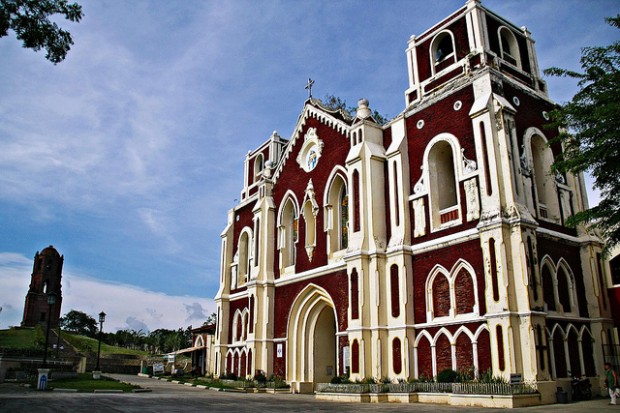 Image credit: Fitri Agung | Flickr
Image credit: Fitri Agung | Flickr
If you’re keen on religious structures, head to the St. Augustine Church (Nuestra Del Caridad) or the Bantay Church. Built in 1590, Bantay Church is one of the oldest churches in the Ilocos province. Feast your eyes with its stunning dark brown façade in neo-gothic design.

Image credits: itoldya test1 | GetArchive
Sitting on top of the hill is the Bantay Belfry. Travellers can climb up the rickety stairs of the tower to get a better view of Vigan. A huge old bell greets visitors at the top. One can also glimpse the white squares of a cemetery across the belfry. The belfry was part of the city’s defence against possible enemies back in the 16th century.
Also read: 18 Picturesque Churches and Chapels in the Philippines
9. Buy antiques and furniture

Image credit: Storm Crypt | Flickr
Souvenir shops selling antiques and furniture can be found along Calle Crisologo. Lucy Chan’s Antique House sells vintage pieces of jewellery like earrings, pendants, cloths and even old coins. Many of these antique finds are family heirlooms that come with interesting stories.
10. Visit Plaza Salcedo

Image credits: Luzviminda7641 | Wikimedia Commons
Also read: 16 Totally Underrated Destinations in the Philippines
Vigan City is a treasure trove of history, culture, and tradition, offering a unique glimpse into the Philippines’ colonial past. From its cobblestone streets and centuries-old architecture to its museums and vibrant local traditions, there’s something for everyone to enjoy. Whether you’re a history buff, a foodie, or simply someone looking to experience authentic Filipino heritage, Vigan promises a memorable journey. So, don’t wait—plan your trip and immerse yourself in the timeless beauty of this UNESCO World Heritage City before it gets overrun by the crowds.






